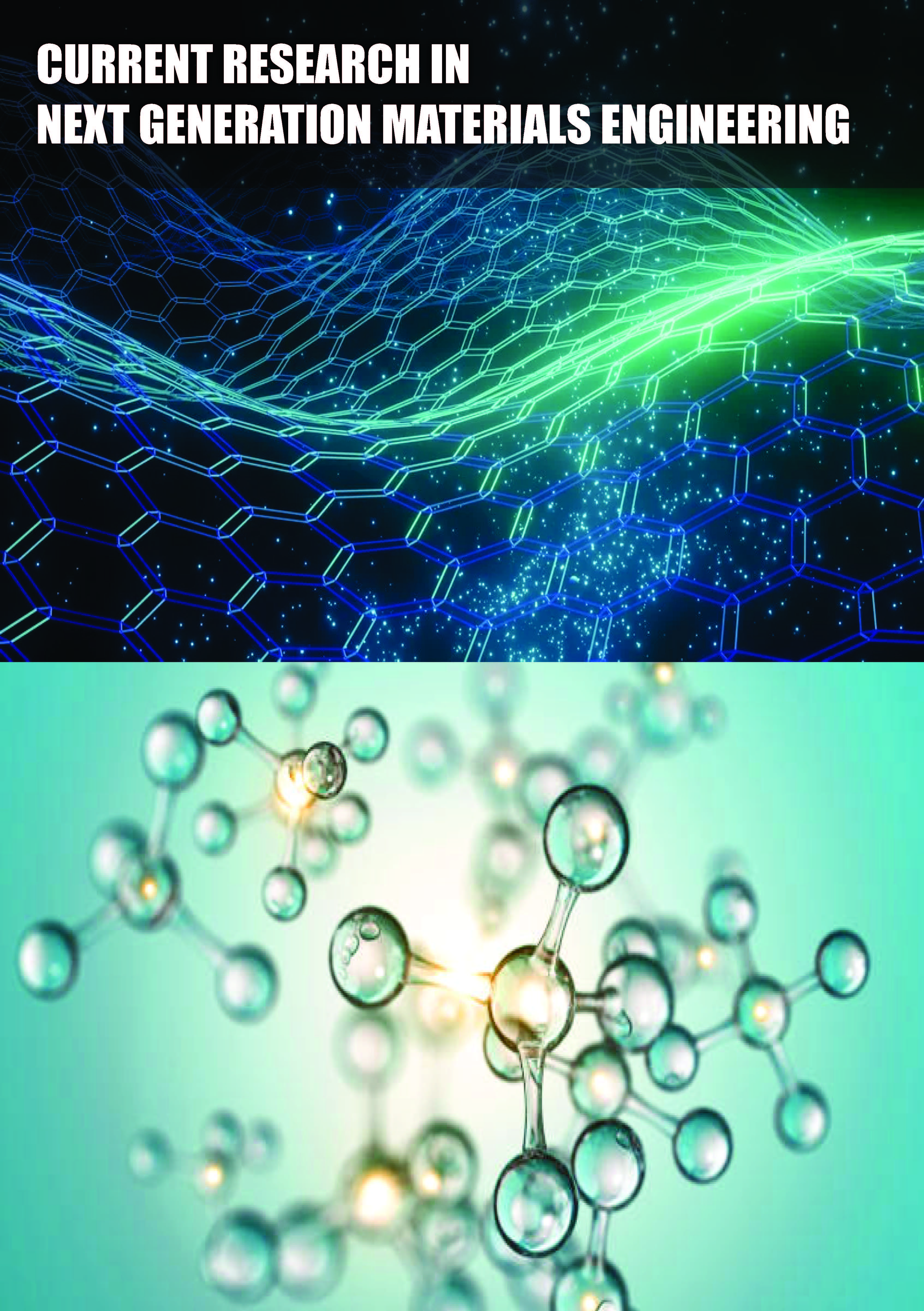Current Research in Next Generation Materials Engineering
Modeling of Processes and Study of Structure during FSW of Magnesium Alloy of the Mg-Al-Zn System
Abstract
Valery Kostin, Olena Berdnikova, ├ā┬É?aksym Khokhlov, Julia Khokhlova, Oleg Makhnenko and Alexey Makhnenko
Advanced laboratory equipment designed for friction stir welding (FSW) facilitates the creation of high-quality butt joints in thin ductile metals after determining the optimal welding parameters at various linear speeds. The emergence of innovative mathematical tools for modeling thermo-deformation processes has made it feasible to examine the stress- deformation state and thermo-mechanical phenomena occurring within the joint area of FSW. This assessment is essential for forecasting the performance characteristics, strength, and longevity of welded structures. Through the application of mathematical models and finite-element analysis, the temperature distributions resulting from the volumetric heat source during FSW were illustrated, and the residual stresses and deformations present in the butt-welded joints of thin magnesium alloy sheets were evaluated numerically. Modeling of the kinetics of changes in temperature fields during the FSW process showed that the width of the HAZ decreases with an increase in the linear speed. It was established that with an increase in the linear speed of welding, the maximum residual stresses increase by 10...15%. Residual plastic deformations decrease with an increase in the linear speed of welding. Looking ahead, it is important to identify the optimal combination of linear and rotational speeds for the FSW tool to achieve improved consistency in the weld composition while minimizing thermal transfer to the metal throughout the welding process.

